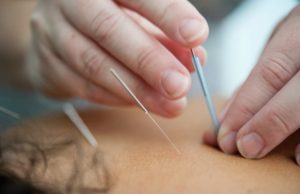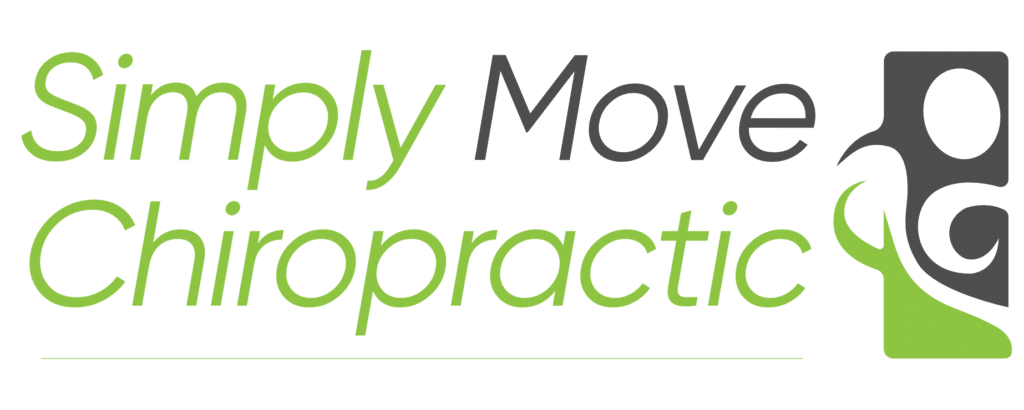Dry Needling Therapy in Charlotte, NC
As a chiropractor in Charlotte, NC, I strive to provide my patients with the most effective and comprehensive treatments available. One such therapy is dry needling, a powerful technique that can be used in conjunction with chiropractic care to address a wide range of musculoskeletal conditions. In this article, we’ll explore the ins and outs of dry needling therapy, how it works, what it’s used to treat, and how it can enhance your chiropractic experience.
What is Dry Needling Therapy?
Dry needling, also known as intramuscular stimulation, is a therapeutic technique that involves inserting thin, sterile needles into tight or painful muscle knots, called trigger points. The goal of this treatment is to release muscle tension, reduce pain, and improve range of motion. While it may sound similar to acupuncture, dry needling is based on Western medicine principles and focuses specifically on addressing musculoskeletal issues rather than balancing the body’s energy flow.
How Does Dry Needling Work?
During a dry needling session, I will first assess your muscles to identify any trigger points that may be causing pain or discomfort. Once these points are located, I will insert a fine needle directly into the trigger point. The needle’s insertion may cause a brief muscle twitch or contraction, which is a desirable response as it indicates the release of tension within the muscle. By targeting these trigger points, dry needling helps to relieve pain, improve blood flow, and promote healing in the affected area.
This is an example of local twitch response (LTR) that can happen during dry needle therapy. It’s a perfectly normal nerve response and is not painful.
Conditions Treated by Dry Needling
- Neck and back pain
- Headaches and migraines
- Shoulder impingement and rotator cuff injuries
- Tennis and golfer’s elbow
- Hip pain and sciatica
- Knee pain and patellar tendonitis
- Achilles tendonitis and plantar fasciitis
- Muscle strains and sprains
- Fibromyalgia and myofascial pain syndrome
Combining Dry Needling with Chiropractic Care
Integrating dry needling with chiropractic care offers a comprehensive approach to treating musculoskeletal issues. While chiropractic adjustments focus on restoring proper alignment and function to the spine and joints, dry needling addresses the soft tissue component of pain and dysfunction. This combination allows for a more holistic treatment plan, targeting both the structural and muscular aspects of the problem.
When used together, chiropractic care and dry needling can enhance each other’s effectiveness, providing patients with faster relief and improved overall outcomes. In my Charlotte, NC practice, I have seen the benefits of this integrated approach firsthand, as patients experience better pain management, increased range of motion, and faster recovery times.
Incorporating Dry Needling into Your Chiropractic Care Plan
If you’re interested in exploring the benefits of dry needling aspart of your chiropractic care in Charlotte, NC, here’s what you can expect:
- Comprehensive Assessment: I will begin by conducting a thorough examination to determine the root cause of your pain or discomfort, considering both structural and soft tissue factors.
- Personalized Treatment Plan: Based on the findings from your assessment, I will develop a customized treatment plan that incorporates chiropractic adjustments and dry needling sessions to address your specific needs.
- Ongoing Support and Care: Throughout your treatment, I will continually monitor your progress and adjust your care plan as needed to ensure that you’re experiencing the best possible results.
Conclusion
 Dry needling therapy is a valuable addition to chiropractic care, offering patients in Charlotte, NC, a comprehensive approach to addressing their musculoskeletal issues. By combining the strengths of both therapies, patients can enjoy faster recovery times, improved range of motion, and lasting pain relief.
Dry needling therapy is a valuable addition to chiropractic care, offering patients in Charlotte, NC, a comprehensive approach to addressing their musculoskeletal issues. By combining the strengths of both therapies, patients can enjoy faster recovery times, improved range of motion, and lasting pain relief.
If you’re interested in exploring dry needling as part of your chiropractic care, I am here to help guide you on your path to better health and well-being. Don’t hesitate to reach out to our office to learn more about how dry needling can enhance your chiropractic experience.
PERFECT FOR YOU
Pricing Plans
Pricing is subject change. You have 3 days after purchase of package for a full or partial refund.
20 Minutes
$50
Standard
This pricing covers my standard treatment length for a single treatment area.
45 Minutes
$75
Extended
This price is for my extended treatment times of 45 minutes per region.
FAQ
Frequently Asked Questions
Here are some of the most commonly asked questions about Dry Needle Therapy.
Some patients feel a mild prick or twitch when the needle is inserted, but the discomfort is usually brief. Many people report relief and relaxation following treatment.
Treatment frequency depends on the condition and individual needs, but noticeable improvements can sometimes be seen after just 1-2 sessions.
Common side effects include minor soreness, bruising, or fatigue following treatment. These effects are typically mild and temporary.
Dry needling may not be suitable for individuals with certain medical conditions, bleeding disorders, or those who are pregnant.
My standard session is 20 minutes but extended treatments of up to 45 can be useful for treating different areas of the body during one session.
Shockwave Therapy is a great alternative to Dry Needle. Studies have shown very similar results although the two treatments are different.
Dry needling is considered safe. Needles are sterile, single-use, and disposed of after each session.
Yes, infrared laser therapy is my most recommended co-treatment to help alleviate inflammation. Chiropractic adjustments and Active Release Technique (ART) are also effective co-treatments.
It’s recommended to stay hydrated and avoid intense physical activity right after the session. Gentle stretching and rest can help maximize benefits and reduce soreness.
Needle depth depends on the area being treated and the muscle’s thickness. Generally depth is no more than a few millimeters but can be up to a centimeter in larger muscles.
I am a cash practice at but patients can submit a super bill to their insurance for possible re-imbursement or use their FSA plan.

